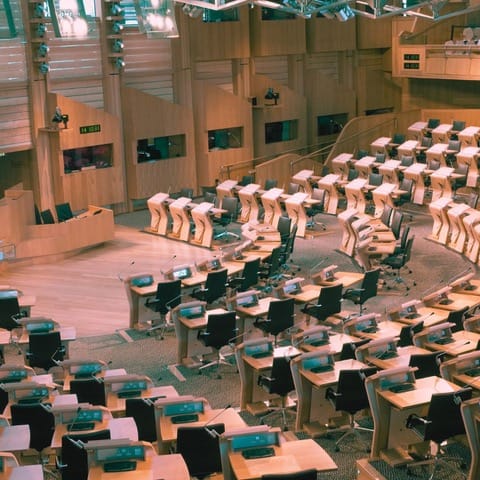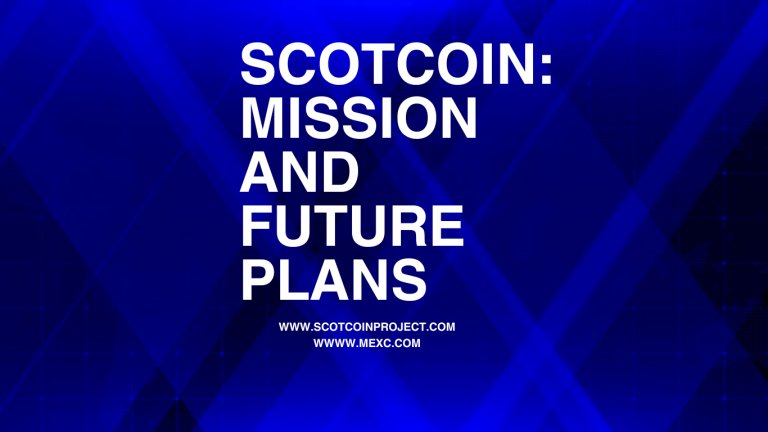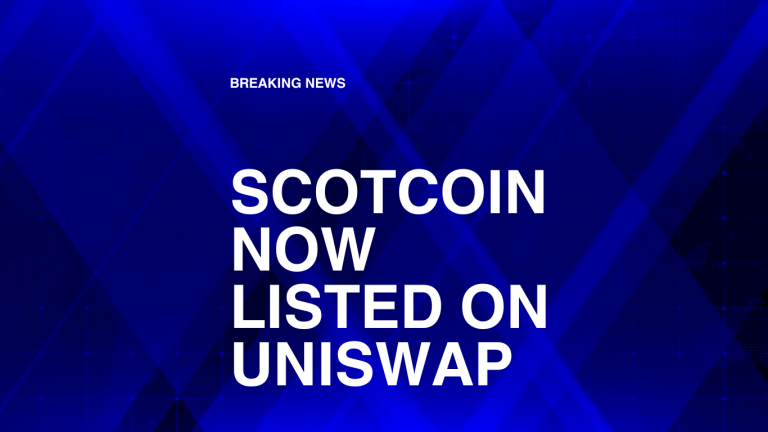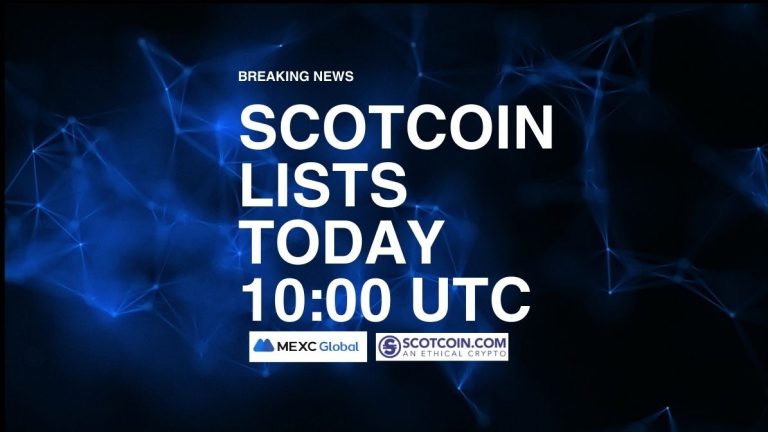1. General introduction: I want to start by telling you all about the issues we had last year. Without going into too much detail as lawyers are involved and matters are sub judice, it became obvious in about May of 2018 that we were being led up the garden path and generally legged over. It took us a further 3 months to engage a new CTO who, once he had completed his review of what had happened concluded we had been sold a pup. The Initial historic review of what was being done– stripping back Hyperledger for Brooklyn – was shown not to work.
2. Engagement of world experts and academics in review process, including one of the writers of the Github protocol. We did a full gap analysis audit which detailed the shortfall in delivery. The advice we received was that the solution that had been suggested did not work and never would.
3. This led us on to Legal engagement, and we then intimated a claim for over £175,000.
4. Final concluding meeting to position the final piece of this jigsaw with a further systems expert has taken place and a final claim is in the process of being promulgated.
As a result we have vigorously defended our position. Even allowing for that, it took us nearly 8 months to disengage from our previous partnership and a lot of money. Over all we lost approaching £250,000. As a result this figure has been written off in our accounts. The contract we had was terminated and we are currently suing the previous company we were working with.
We have since that time worked extremely hard to enter a new partnership, taking on board all that had been learned, and making use of the latest Hyperledger updates. We are presently satisfied that we have the right partners and the right path to take this project to a good conclusion.
During the course of the next 6 months or so, Scotcoin will move to Version 3, on its new permissioned blockchain.
1. Hyperledger launched in 2015. In just three years, the organization has grown to over 260 members including Fortune 100 companies, like Accenture, SAP, Intel, and IBM; academia, startups, and other open source communities. An impressive number of companies are using Hyperledger (HL) in production systems. The Hyperledger Greenhouse is an ‘Open Source’ ecosystem flourishing with frameworks and tools for building business blockchains. So our requirement of Pulsant in the second half of 2018 was for Pulsant to support HL on the Pulsant Cloud, as a service to us.
The Tender process through second half of 2018 included IBM. Scotcoin has support at board level of Pulsant UK. Pulsant are specialists in cloud solution integration and trusted partners with Amazon Web Services, Microsoft Azure Cloud and the Google Cloud Platform . They are experts in the management of the modern cloud infrastructure.
2. The Contract to deliver Cloud Services with Pulsant and Hyperledger in the cloud was completed on new years eve 2018.
3. The discovery phase by Pulsant has already commenced.
4. In respect of the Potential timeline – It is anticipated that upon completion of the processes currently in train, Scotcoin Hyperledger service will go live – around mid 2019.
5. Consensus mechanism is standard Hyperledger Kafka process;
- Kafka guarantees that all messages inside a partition or a virtual machine are sequentially ordered.
6. During testing confirmation & ordering will be done between Pulsant and Scotcoin.
7. A sales process has already commenced to identify peers for Scotcoin in the first instance (e.g. IrishCoin) these peers will become part of Scotcoin confirmation and ordering process on the blockchain in the future, as we will contribute to their process.
8. Peers will in effect be entities with whom we do business and they may have several nodes, nodes are a technical computing term; peers are a business partner concept, Scotcoin will in effect have 2 nodes initially v3 & the Kafka ordering or consensus message security protocol.
- A blockchain network is comprised primarily of a set of peer nodes (or, simply, peers). Peers are a fundamental element of the network because they host ledgers and smart contracts.
- A peer is able to host more than one ledger, which is helpful because it allows for a flexible system design. The simplest configuration is for a peer to manage a single ledger, but it’s absolutely appropriate for a peer to host two or more ledgers when required.
- Nodes are the communication entities of the blockchain. A “node” is only a logical function in the sense that multiple nodes of different types can run on the same physical server. What counts is how nodes are grouped in “trust domains” and associated to logical entities that control them.
- There are three types of nodes:
1. Client or submitting-client: a client that submits an actual transaction-invocation to the endorsers, and broadcasts transaction-proposals to the ordering service.
2. Peer: a node that commits transactions and maintains the state and a copy of the ledger. Peers can have a special endorser role.
3. Ordering-service-node or orderer: a node running the communication service that implements a delivery guarantee, or total order broadcast.
It should be noted that each peer needs a channel on a one to one basis. Each channel however can support multiple nodes and this will enable us to move in time from centralised to decentralised validations.
9. Identity management for Scotcoin peers and clients will initially be following the Sovrin Foundation philosophy “decentralized self sovereign identity” (DSSI or SSI).
- “SSI: An identity model that allows an individual or organization to control their identities, or the identity of a thing, expressed through the use of decentralized identifiers and digital credentials.”
- In specific technology terms how we implement that SSI will be a decision made jointly with Pulsant but only once the Hyperledger application stack is functional in the cloud. We will optimize security at the infrastructure & the application level.
- Crucially Scotcoin V3 will in the first instance be a permissioned blockchain so not completely decentralized,. We will as soon as practicable and subject to utter security, move to trusted third party confirmations.
- At the beginning of the Blockchain, there was an idealistic idea that anyone with a laptop could become a node on the Blockchain network. A group of libertarian computer experts calling themselves cypherpunks had been developing non-state currencies over decades. But all efforts to establish them as an alternative means of payment failed. This is the concept of permissionless or decentralized blockchain networks.
- When we worked through the use cases in 2018, we realized that Hyperledger and the permissioned Blockchain was the only pragmatic way to get the job done with a necessary level of control and security. We are practical business technologists. In essence the partnerships with Hyperledger and Pulsant will support a general token solution for Scotcoin’s new coin.
- Scotcoin’s new blockchain will be permissioned, that means that everyone on it will be allowed to be on it – there cannot be random third parties, attaching to our platform. This allows us to comply with KYC & AML regulations since by definition we KYC!
We have had an update from our developers which I will share with you.Work is going quite intensively. At the moment we are finalizing the Wallet (frontend and backend) and already started working on Hyperledger Fabric:
- Hyperledger Composer assembly – done
- Asset chaincode programming – in progress
- Asset features and logic programming – in progress
- CA and permission level programing – in progress
- Transaction function and fee structure programming – in progress
- Hyperledger Explorer deployment – done
- Rest API programming – in progress
Currently the process is going as we have planned. The next milestone – Initial Testing stage starting 4th of March.
10. Algo for migration.
- V2 holders need to be kyc etc and that needs to be BEFORE the process starts for migration.
- Once they are clear, they need to advise in a form a) The wallet they hold SCOT in b) how many and c) whether they have a little bitcoin d) If not we send them a smidgeon to enable transaction to proceed.
- They need to create their own wallet with all the usual caveats.
- They need to confirm to us they have done this and what the address is.
- We then work out how many V3 they are due to receive and we so advise them.
- They have to confirm acceptance of that figure.
- We then have a white list of people who can get V3 and the numbers.
- We then advise them to send their entire V2 to a wallet we will designate.
- Once we have confirmed as received we send V3 to their wallet.
- V2 sent to us for migration will be “burned” and put beyond future use.
I should also say we intend that the final confirmations on this will be done manually. Those of you who remember MasterXchange will recall that they did ALL withdrawals manually. Although this meant it sometimes took a little time, it also meant there was never a hack nor a mistake.




